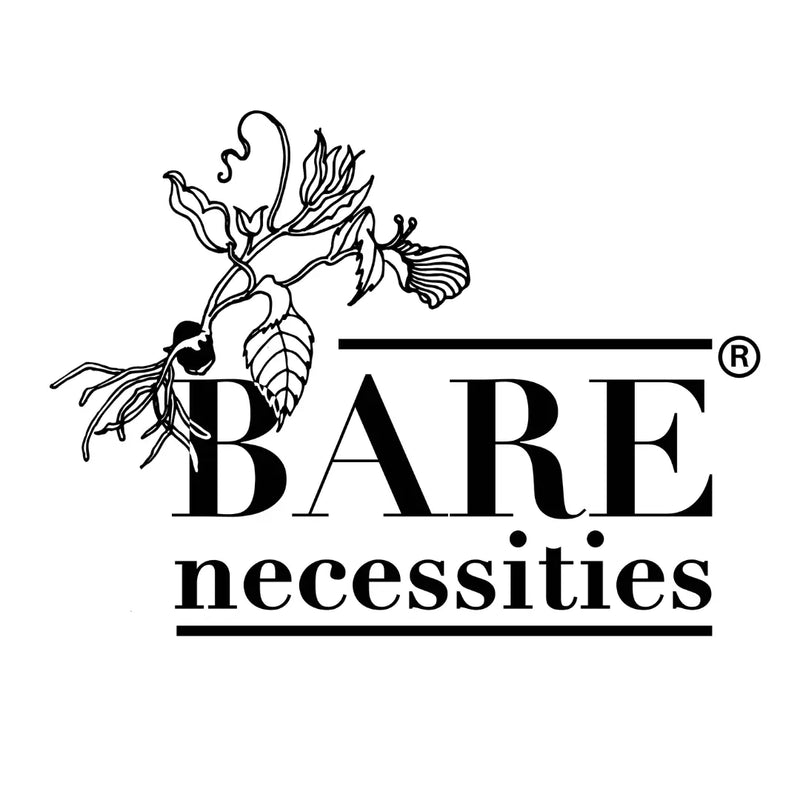A Brief Look at the SDGs and the Circular Economy (in India): Goal 15
Fifteenth in Bare Necessities- Zero Waste India’s series on SDGs in relation to zero waste, circular economy methodology and sustainability is Goal 15: Life On Land.
Waste materials that cause “land pollution are broadly classified as municipal solid waste, construction and demolition waste or debris, and hazardous waste. Municipal solid waste includes non-hazardous garbage, rubbish, and trash from homes, institutions (e.g., schools), commercial establishments and industrial facilities” (source). Within locations where the population is high, in Delhi in India, for example, the scale of land-based waste can truly be seen. The “Ghazipur trash dump is reportedly just months away from rising higher than the Taj Mahal, an immense, 73- metre- tall white, marble mausoleum” (source).
Understanding the extent of current land pollution, no matter what category it falls under is vital to addressing the situation. Across the globe the “value of ecosystems to human livelihoods and well- being is $US125 trillion per year” (source), we must not waste resources in the manner that we currently are and the additional effect on things not human needs to be understood. The more the land is mistreated, the more likely that situations such as, ‘in February this year (2019) veterinarians operating on a bloated and infected six-year-old cow brought into the Bihar Veterinary College in Patna removed 80 kilogrammes of plastic from its stomach. Though this was not the first time that doctors had removed polythene from an animal’s stomach, 80 kilogrammes of it from a single animal was something of a record” (source). Using linear systems of waste management can lead to these large waste dumps, which then leads to adverse effects on all things living on this planet, fortunately, there are ways forward, away from this one-dimensional process.
Fine examples of using a circular economy methodology to minimise waste created in a linear process are found throughout the world. “The VIGGA™ product-service-system enables parents to lease sustainable childrens wear. Saves time, money and resources” (source). The company looks at creating new ways of consuming through clothes sharing once children have grown out of clothes. They maintain high standards and reduce textile waste, which would often find its way to landfill by 75- 80% (source). VIGGA found a solution to reuse and upcycle. Similarly, “the driving force behind the founding of the company “Gamle Mursten” (“Old Bricks”) was the desire to prevent resources of natural bricks from being wasted... The old bricks are collected, cleaned with vibration technology, manually checked one by one and finally stacked by robots before being shipped to new sites. Saving more than 95% of the energy otherwise used to manufacture new bricks, this method of reusing old bricks is an example of perfect circular economy passing the resources of one generation on to a new one” (source).
By changing systems to benefit the environment, and thereby both animals and humans, companies, like the aforementioned, are making tremendous strides to minimising waste through valuing commodities. A 2018 circular economy symposium in India, similarly highlighted that shifting systems from linear to a less wasteful method would bring jobs and money. It was noted that within India 40% of plastic waste is not collected for recycling. Had a higher level of waste management been implemented 14 lakh jobs could be created, which would represent a $2 billion dollar opportunity (source). Similarly, the steel industry could benefit from steel extracted from vehicles to the value of $2.7 billion by 2025 (source).
Resources, need to be valued. It can be looked at purely as a financial figure, or as an impact upon human livelihoods or as the number of adverse effects on animals and the environment. All of it should be known, every fact, every figure. If it is, there is a benefit to not only save more, create more jobs and help the lives of cows and all other living things on this planet, but to help us reimagine how we inhabit this planet. There is only a finite amount of land. A finite amount of resources. Surely, a transition toward the methods utilised by the companies noted above makes sense. A circular system where resources are used, then upcycled, changed into something else, utilised again, and so on. These methods must be implemented by stakeholders across the globe, from individuals to businesses to governments in order for us to live sustainability with the land we call home.
